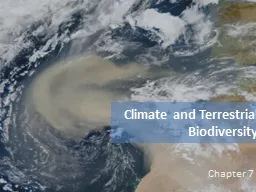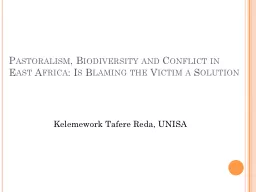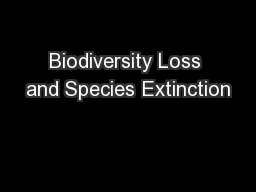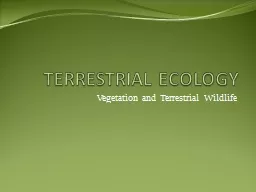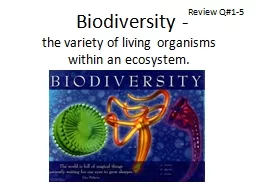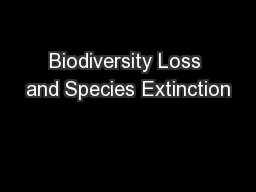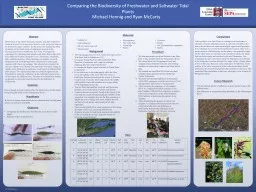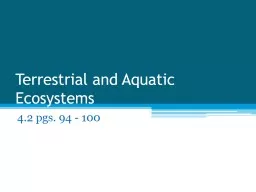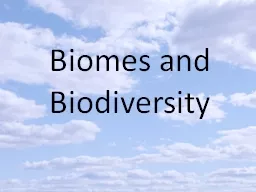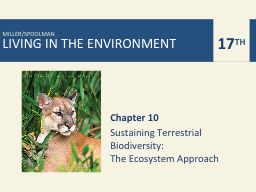PPT-Climate and Terrestrial Biodiversity
Author : phoebe-click | Published Date : 2016-11-27
Chapter 7 Key Term Rain Shadow Effect An area having relatively little precipitation due to the effect of a barrier such as a mountain range that causes the prevailing
Presentation Embed Code
Download Presentation
Download Presentation The PPT/PDF document "Climate and Terrestrial Biodiversity" is the property of its rightful owner. Permission is granted to download and print the materials on this website for personal, non-commercial use only, and to display it on your personal computer provided you do not modify the materials and that you retain all copyright notices contained in the materials. By downloading content from our website, you accept the terms of this agreement.
Climate and Terrestrial Biodiversity: Transcript
Download Rules Of Document
"Climate and Terrestrial Biodiversity"The content belongs to its owner. You may download and print it for personal use, without modification, and keep all copyright notices. By downloading, you agree to these terms.
Related Documents

